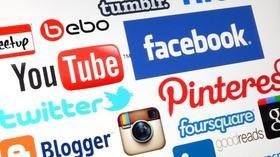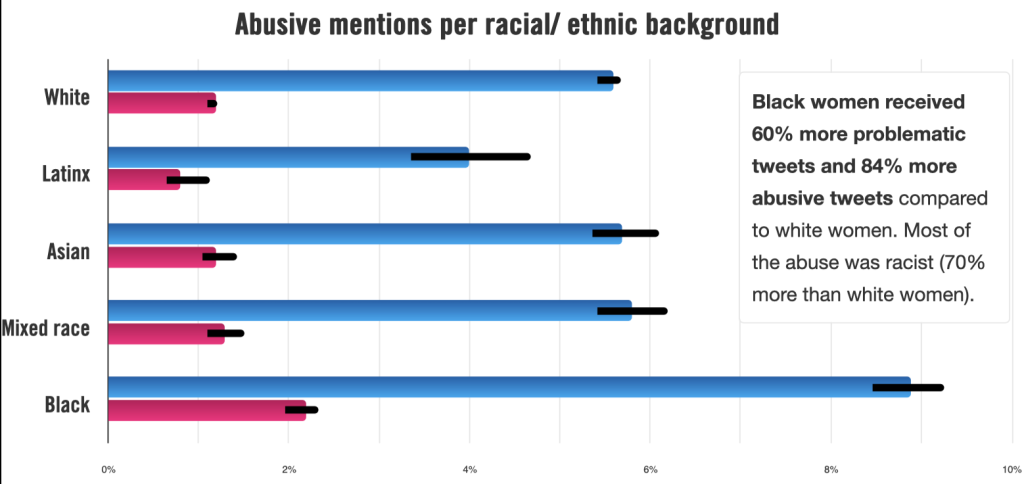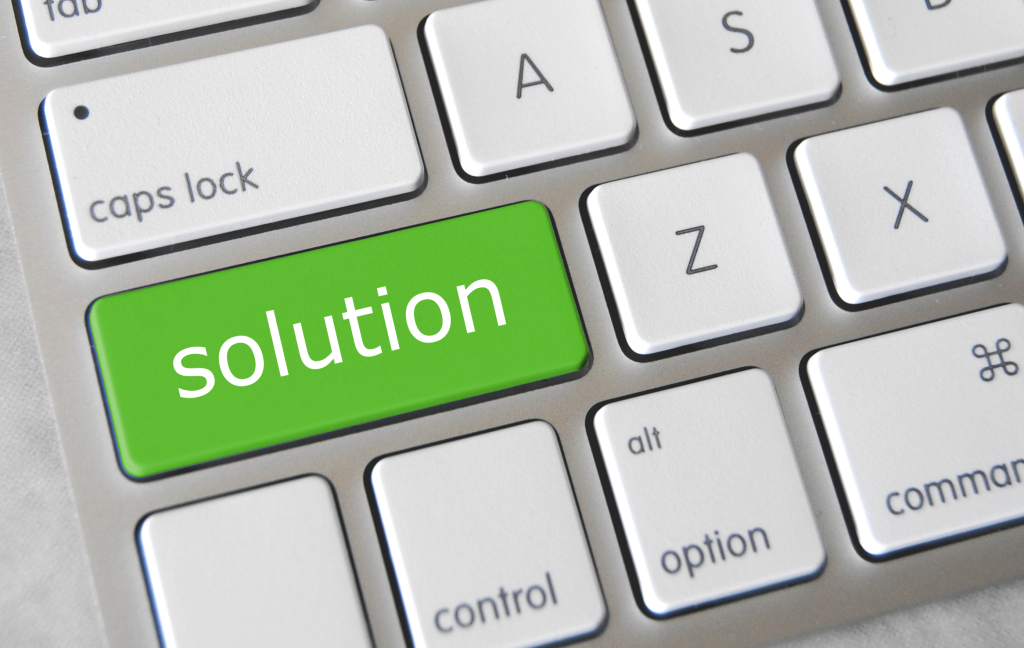
“Automotive Social Media Marketing” by socialautomotive is licensed under CC BY 2.0.
The “Big Bang” Of Social Media
The internet once began as nothing, a medium allowing for an exchange of software, information, messages and news, yet the evolution social has re-transformed the World Wide Web (Kaplan & Haenlein, 2010). Social media has become a crucial part of every day life (Kaplan & Haenlein, 2012) transformed into a “virtual gathering place” (Maryville University, 2020). The evolution of the internet and social media had good intentions and visions; accessibility and greater connectivity to bridge geographical distances to assist with quick communication, share information and discoveries to a global audience, create virtual communities to facilate a sense of belonging and other positive ideologies. Whilst the previous visions have succeeded in allowing for growth of the internet and social media, it made it easy to overlook the negative outcomes of social media that is critical to take into consideration as social media platforms carry on proliferating (Dwivedi et al., 2018). Therefore, this essay will highlight how the rise of online platforms, although with good intentions, has provided a gateway to alarming harms that must be addressed to mitigate the severe effects on users.
Looking On The Bright Side
We can definitely say the initial visions have come to fruition; there are feelings of connectedness and belonging due to accessibility and receiving online social support with psychological support (Quinn, 2018). It is able to provide interpersonal social needs that may not be attainable face-to-face such as offering social interaction instantaneously if the user desires, thus motivating them to use these websites to fulfil socialization needs (Quinn, 2018; Urista et al., 2009). It’s definitely a great means of social identity gratification, a way to pass time, providing entertainment and providing greater, social education (Quinn, 2018). Notably, social media offers a place for individuals sharing commonalties, thus providing care and support for one another.
#Metoo Movement
As of October 2017, the phrase “Me Too” emerged onto Twitter, with phenomenal results of support from both organisations and individuals (Hosterman et al., 2018). Alongisde the rise of social media in recent years, supporters and victims have been confident in telling their stories to Twitter and other platforms with hopes of raising sympathy and empathy, leading to support offers, resources to heal and express their true emotions (Hosterman et al., 2018). Platforms give power to users to advocate for causes they have a passion for, raise awareness on global issues, initiate support and connect with like-minded individuals who take the next steps to encourage a positive change.
Antiracism apps
The creation of antiracism apps have become valuable and a great activist tool to enforce a reaction of when racism occurs (Lentin & Humphry, 2016). This enables to capture, report andrepons to acts of racism in order to keep alive solidarity and a sense of community identity as constant challenges are being made, which can also encourage bystanders to provide support (Lentin & Humphry, 2016). The assistance from this can increase well-being and self esteem due to constant support and connection. (Lentin & Humphry, 2016; Quinn, 2018).
So What’s The Downside?
Despite countless opportunities to have beneficial connections to engage with the world via social media, it has exposed users to a multitude of harmful impacts that demands attention. The way individuals can leave comments of support, there can be comments left of abuse and hate, risking lower self-esteem (Quinn, 2018). This can be furthered by the anonymity of users who spread hate, amplified by algorithms that usually favor these hate comments as their engagement metrics are high with likes, comments or shares. The addiction social media creates and the amplification of this easily creates a vengeful and unhealthy online environment that can drown out those attempting to spread positivity. The majority of the younger generations have become victims to increased cyber harassment and terrorizing messages (Akram & Kumar, 2017). Social media can ruin an individual’s reputation, which can stem from misinformation or false stories (Akram & Kumar, 2017) leading to notions of ‘cancel culture’; an issue that raises concerns about hindering free speech, accountability and “cancelling” wrong individuals, even if it was an honest mistake.
Figure 2. A video demonstrating how anyone can be a victim of “Cancel Culture” – some more deserved than others.
Social Divisions – Hate Against Women
Twitter was mentioned before as a platform that allowed for individuals to speak up and partake in the #metoo movement and provide support in general, but this platform is also a medium that has allowed racism, misogyny and homophobia that has not been properly handled. Statistics have shown that one in ten tweets mention black women politicians or journalists; being deemed abusive. The violence experienced by women on Twitter detrimentally impacts their right to freely express their voice as they are consumed by fear. Twitter has an open nature that leaves it vulnerable to violent and abusive content, and inadequate measures are taken to tackle the violence against women. Women who also express their advocaies for gender equality or speak about concepts they are passionate about are targeted by “trolls” or are silenced and become intimidated by individuals who reveal sensitive or private information with malicious intent. There are communities that glorify and perpetuate harmful stereotypes about women, resulting in misogny becoming normalized.

Figure 3. Results based on women a part of the study. Women of colour had higher chances of being impacted as they were disproportionately targeted with problematic tweets (Delisle et al., 2018)
Mental Health
Common mental health conditions and serious concerns in adolescents and the rise of cyber-aggression have been strongly linked to one another worldwide with poorer mental health conditions (Mishna et al., 2018). Although social media can allow for accessing information to support health-related issues and physicians communicating wuth users to converse directly to their patiens for enhanced clinical care (Akram & Kumar, 2017), social media can promote idealized standards of individual’s lives and expectations. The addiction to social media leads them to be constantly exposed to these photoshopped and “perfect” lives, leaving users feeling inadequate, some individuals becoming anorexic or bulimic due to the body image expectations (Akram & Kumar, 2017) and decrease self-esteem and well-being worryingly. The continued addiction and excessive use results in reduced face-to-face interactions, resulting in feelings of isolation and relational capability, and impact mundane routines such as sleep disturbances, reduced productivity and motivation (Akram & Kumar, 2017) and feel emotionally distressed if faced with negative backlash or hateful comments after sharing personal content. Although some individuals are more resilient, mental health varies between users and even though support can be received through social media, it can also be your enemy.
What Does This Mean For The Future?

“Solution Key” by Got Credit is licensed under CC BY 2.0.
Ultimately, confronting the alarming and detrimental harms of social media can allow for the positives to flourish and outweigh the bad – making it crucial to take further precautions and explore strategies to effectively address them. Using social media can greatly assist with mental health campaigns with its ability to reach out to several users in a short time frame (Latha et al., 2020) Mitigating these harms requests a more holistic approach to combine initiatives implemented by the media, responsibility from individuals and regulatory efforts such as the General Data Protection Regulation within the European Union. Accountability on how platforms spread misinformation and promote harmful content, alongside transparency on how their algorithms function to curate each user’s feed can assist with addressing the harmful issues. In essence, the profound harms of social media can impact collective well-being that should not be dismissed as inevitable means of progress. Invasion of privacy, increased hate, fostered division and other challenges must be taken into account when issuing resolutions that help create a virtual world of inclusivity, empathy and greater support.

This work is licensed under Attribution-NonCommercial 4.0 International
References
Akram, W., & Kumar, R. (2017). A Study on Positive and Negative Effects of Social Media on Society. International Journal of Computer Sciences and Engineering, 5(10), 351–354. Research Gate. https://doi.org/10.26438/ijcse/v5i10.351354
Amnesty and Element AI release largest ever study into abuse against women on Twitter. (2018, December 18). Amnesty International. https://www.amnesty.org/en/latest/press-release/2018/12/crowdsourced-twitter-study-reveals-shocking-scale-of-online-abuse-against-women/
Delisle, L., Kalaitzis, A., Majewski, K., de Berker, A., Marin, M., & Cornebise, J. (2018). Troll Patrol Findings. Troll Patrol Report. https://decoders.amnesty.org/projects/troll-patrol/findings
Dwivedi, Y. K., Kelly, G., Janssen, M., Rana, N. P., Slade, E. L., & Clement, M. (2018). Social Media: The Good, the Bad, and the Ugly. Information Systems Frontiers, 20(3), 419–423. https://doi.org/10.1007/s10796-018-9848-5
Gerstmann, E. (2020). Cancel Culture Is Only Getting Worse. Forbes.
Hosterman, A. R., Johnson, N. R., Stouffer, R., & Herring, S. (2018). Twitter, Social Support Messages, and the #MeToo Movement. The Journal of Social Media in Society, 7(2), 69–91. https://thejsms.org/index.php/JSMS/article/view/475
Kaplan, A. M., & Haenlein, M. (2010). Users of the World, Unite! The Challenges and Opportunities of Social Media. Business Horizons, 53(1), 59–68. https://doi.org/10.1016/j.bushor.2009.09.003
Kaplan, A. M., & Haenlein, M. (2012). Social media: back to the roots and back to the future. Journal of Systems and Information Technology, 14(2), 101–104. https://doi.org/10.1108/13287261211232126
Latha, K., Meena, K., Pravitha, M., Dasgupta, M., & Chaturvedi, S. (2020). Effective use of social media platforms for promotion of mental health awareness. Journal of Education and Health Promotion, 9(1), 124. https://doi.org/10.4103/jehp.jehp_90_20
Lentin, A., & Humphry, J. (2016). Antiracism apps: framing understandings and approaches to antiracism education and intervention. Information, Communication & Society, 20(10), 1539–1553. https://doi.org/10.1080/1369118x.2016.1240824
Maryville University. (2020, May 28). The evolution of social media: How did it begin and where could it go next? Maryville Online; Maryville University. https://online.maryville.edu/blog/evolution-social-media/
Mishna, F., Regehr, C., Lacombe-Duncan, A., Daciuk, J., Fearing, G., & Van Wert, M. (2018). Social media, cyber-aggression and student mental health on a university campus. Journal of Mental Health, 27(3), 222–229. https://doi.org/10.1080/09638237.2018.1437607
Quinn, S. (2018). Positive Aspects of Social Media. The Oxford Handbook of Cyberpsychology, 412–431. https://doi.org/10.1093/oxfordhb/9780198812746.013.23
The Washington Post. (2020, May 8). Opinion | #MeToo is at a crossroads in America. Around the world, it’s just beginning. Washington Post. https://www.washingtonpost.com/opinions/2020/05/08/metoo-around-the-world/
Urista, M., Dong, Q., & Day, K. (2009). Explaining Why Young Adults Use MySpace and Facebook Through Uses and Gratifications Theory. Human Communication Research, 12(2), 215–229. https://citeseerx.ist.psu.edu/document?repid=rep1&type=pdf&doi=5ea7566d7f8bacb6c9a7040ff8b839fa0cc7122c


